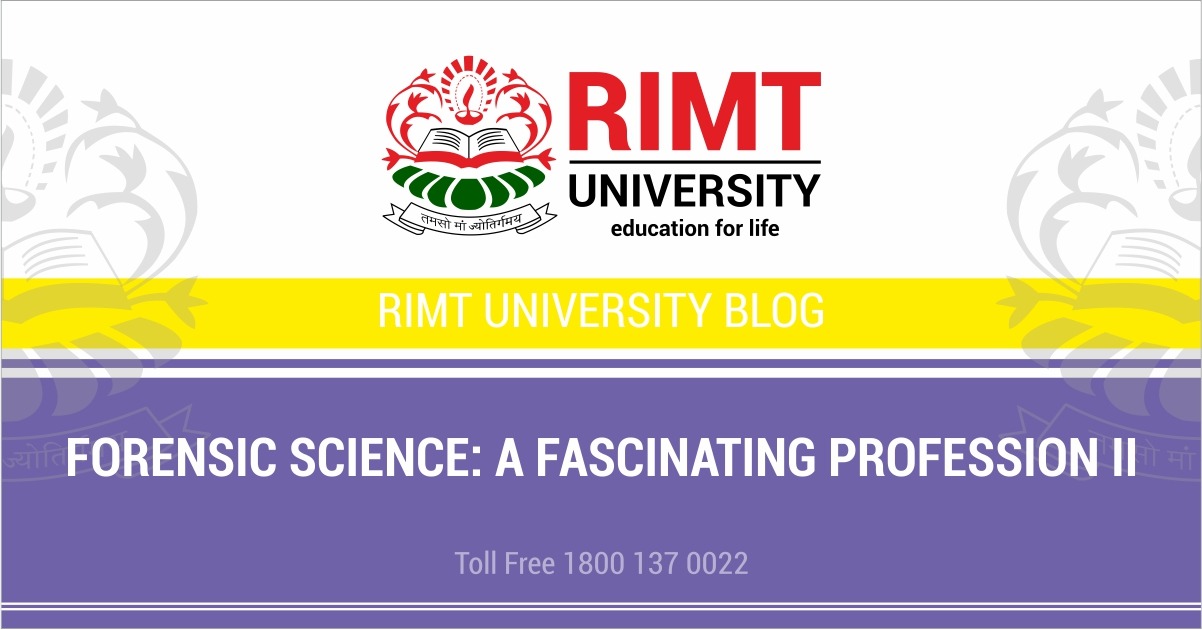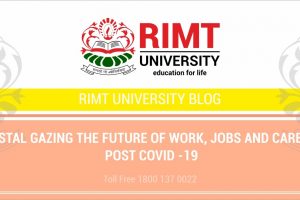
Forensic Science: Fascinating Profession-II
So, this element of fear was used to control the public in the name of civil society which is much disciplined. And therefore, one can see many depictions in museums that a man with a long stick with a cross at the top persuading the perpetrator to admit his act which they call crime, or before that even when crime term was not there and all such acts were called sins. The imagination resulted in creation of Hell and Heaven. The person committing sins will go to hell while doing good deeds will get place in heaven. This difference itself caused a sense of fear and generally people avoided doing sins. That means the fear of religion was being used for confession of the act. Now a new term has entered into the vocabulary of the ruling class that is Crime. As the king was considered as direct representative so he was authorized to decide what act is a crime or what is not. But first crime, it can be defined as an act which is prohibited, against the law/law of land and is punishable. Here again, new terms that is law and law of land. What is law. Again, though it is said that they are a set of rules/instructions to regulate the members of the group/society but in fact, the ruling class itself rarely follow these laws as they again make a law to have certain privileges through which they were not necessarily abide by the rules they themselves made. Then the law of land? All these authorities had divided the planet earth into their own territories giving them a different name and identified as nations/states. People living there because of geography, economy etc having different way of life so the rules also were framed differently. For example, many groups/nations do not permit liquor consumption by the general public as prohibited by law while other groups/states allow the same. In this way the same act is crime at one place while it is not so at other land. But all this resulted in one positive outcome that groups with a strong ruler became organized and disciplined that they acted as the role model for other groups/nations. Harmony in the groups resulted in collective initiative and thus development of the agriculture. This caused further progress in economy and rich economy encouraged to make inventions and discoveries to make life easier and be dominant on other groups. In this way, the society reached its pinnacle to the present state where technology has taken the front seat. But the ruling class still is there in one form or the other. The present day ruling class has devised various ways to give their authority a more democratic and legitimate way by having a humane face. They have coined the terms like democracy and crime and criminals are treated in better way. Many correction tools have been devised that the punishment may not look inhumane though many societies/nations in the world still follow the crude ways of ancient time like eye for eye and blood money etc. with these two contrast situations, definitely the crime rate in later case is far more less than that of the previous. Huge resources are to be put on disposal to update the criminal justice system in those countries which have human face to treat the offenders and thus role of forensic starts.
If forensic was to be used as one of the tools of the ruling class to look their rule more humane then there was another reason for its origin, existence and development and that is curiosity of the human being. Man from the very beginning used to be curious about everything surrounding him. That’s the reason, even in old scriptures of mythological period even some mention of such instances can be found. For example, Indian and Chinese scriptures are found to be having mention of Finger and palm ridge areas to relate it with the human fate. Kautilya’s Arthshastra has mention of types of deaths and treatment of the dead body for examination While Sushurta Sahmhita is full of references mentioning various poisonous plants and their identification, Signs and symptoms of poisoning, treatment etc. The story of Archimedes is a very well known example of curiosity of the king to know whether the crown is made of pure Gold. The principle given by Archimedes is still valid as principle of Buoyancy. He cried Eureka and thus became the first scientist to use the natural laws to an application. A long list of the examples can be cited to describe the development of forensics from curiosity to a specialized scientific stream to help the administration of justice system.
India played a very important role in development of forensic science as from here only originated the idea of using one’s fingerprint as a mark of identification but very unfortunate that this very country, originator of the infallible idea of personal identification is lagging behind in the field of forensic science. A country of just 200 million people, the USA has more than 350 forensic science laboratories while India who is almost 6 times than that of USA in population has just few laboratories to cater the administration of justice system. India was the first country though under English rule to amend the act to make fingerprints evidence as admissible and establishing first fingerprint bureau of the world though under the patronage of Anthropometry bureau, Calcutta (Kolkota). No credit was given to the Indian associates of English police officer In charge of the anthropometry bureau but when he was being awarded for the discovery, peers spread the news about the credits and he was to disclose about the contribution of Indian officers and they were also invited to the ceremony and awarded appropriately. Francis Galton, considered to be the father of fingerprint identification system and a distant cousin of great Charles Darwin took advantages of the letters sent by Henry Faulds from Japan to Darwin and forwarded by Darwin to Galton. Those letters were having all the details of identification system from fingerprints and thus Galton was able to proceed to have those studies in detail and introduced collection of thumb impression along with anthropometric measurements in his anthropometry laboratory. This development of use of fingerprints in personal identification thus came on the way of already established method of personal identification developed in France by A. Bertillon and recognized throughout the world. Bertillon declined to buzz on the suggestion of adding fingerprints also to his anthropometric form but incidentally came a case of incorrect identification of Will west by Bertillon method and the fingerprints replaced the anthropometry all over. But, Bertillon in any case established his place in the field of physical anthropology and personal identification
Dr. O.P Jasuja
Professor, Department of Forensic Science



